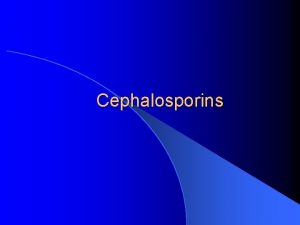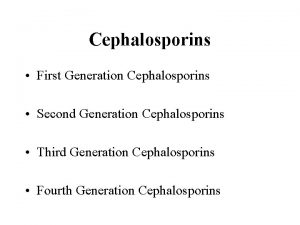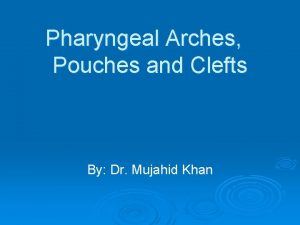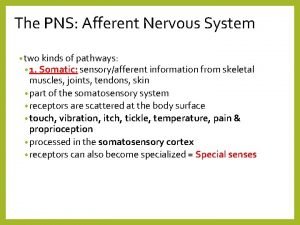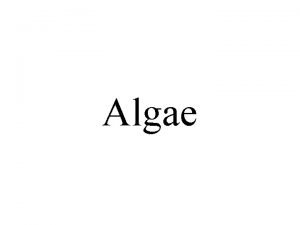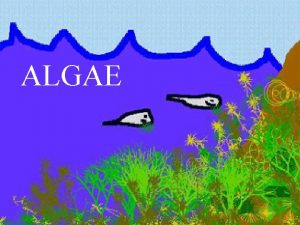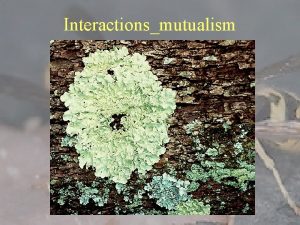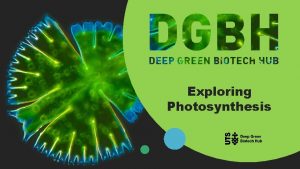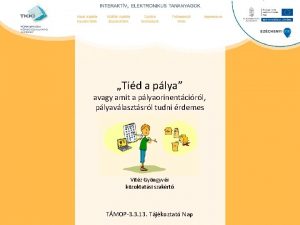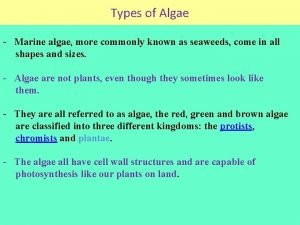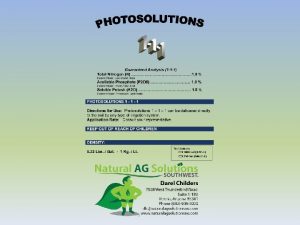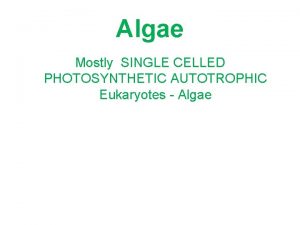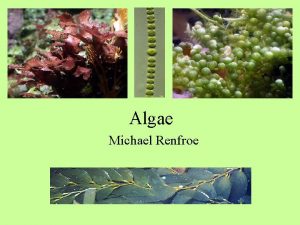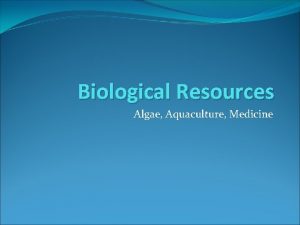Second level Third level Identifying Algae Activity Fourth















- Slides: 15

Second level Third level Identifying Algae Activity Fourth level Fifth level TITLE Click to edit Master text styles

ALGAE DIVERSITY Scientists estimate there are somewhere between 30 000 to 1 000 different species of algae You are here (humans occupy just one branch) Every branch on the tree of life with a red dot represents a family containing an algae species

IDENTIFYING ALGAE Scientists need a way to identify the different species of algae - especially if they want to use them for biotechnology applications. They do this in one of two ways. Using DNA analysis in the lab Visual identification under the microscope using a Dichotomous Key

DICHOTOMOUS KEY • Dichotomous means ‘split into two parts’ • A dichotomous key is a stepwise series of statements or questions that have either a yes or no answer. • Depending on the response, you will move to another question, and eventually make your way down the list until you reach your answer. • Dichotomous keys are a fast, costeffective method for identification when scientists are conducting fieldwork.

EXAMPLE

ACTIVITY INSTRUCTIONS STEP ONE: Download or open the Amazing Algae Activity Worksheet STEP TWO: Work through each image and identify the algae based upon its visual features using the Dichotomous Key

Algae A FUN FACT When added to cattle feed, this algae has been shown to reduce the methane emissions of a burping cow by up to 80% 1 cm

Algae B 100 μm

Algae C FUN FACT This algae can be found both in aquatic environments as well as in soil and is often referred to as witch’s jelly or star slime 10 μm

Algae D 5 μm

FUN FACT This algae is most often found in tropical reef ecosystems and is commonly referred to as Sea Pearls or Sailor’s Eyeballs 1 cm Algae E

Algae F 5 μm

Algae G FUN FACT 2 μm This algae has a hard, glass-like cell wall made from silica and there can be as many as ten million of them in just 1 L of seawater!

Algae H m 10 c

ALGAE IMAGE CREDITS 1. 2. 3. 4. 5. 6. 7. 8. Damsea/Shutterstock F. Neidl – Shutterstock Elif Bayraktar – Shutterstock Apichan Thongkrajang – Shutterstock Damsea – Shutterstock Maple Ferryman – Shutterstock Jubal Harshaw – Shutterstock Ethan Daniels - Shutterstock
 One two three four five six seven
One two three four five six seven Nic in nursing
Nic in nursing Adjective
Adjective Adjective clause identification
Adjective clause identification Identifying and non identifying adjective clauses
Identifying and non identifying adjective clauses Third party vs fourth party
Third party vs fourth party History of cephalosporins
History of cephalosporins Pharmoco
Pharmoco 3rd pharyngeal pouch
3rd pharyngeal pouch Forward caries definition
Forward caries definition Senile carious lesions
Senile carious lesions Activity 2 check the pattern
Activity 2 check the pattern Modul bahasa inggris kelas 11
Modul bahasa inggris kelas 11 Essay first second third
Essay first second third The two following
The two following Type 1 cutaneous mechanoreceptors
Type 1 cutaneous mechanoreceptors






